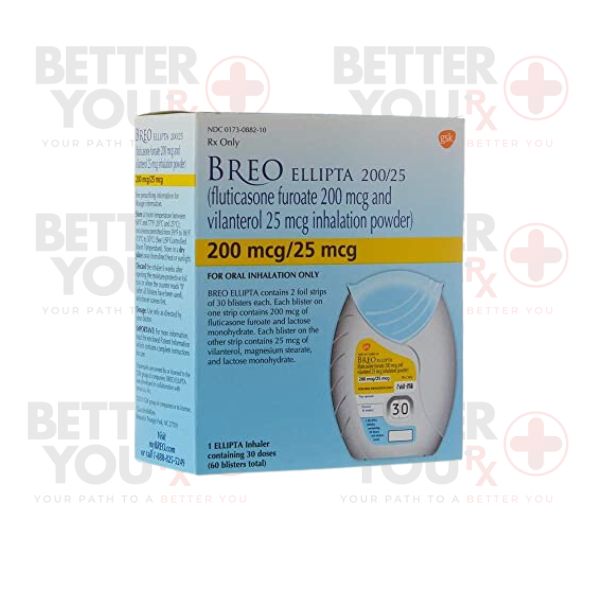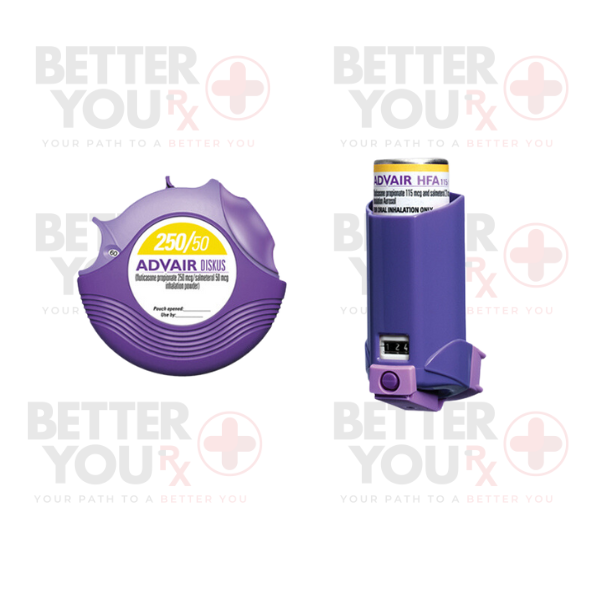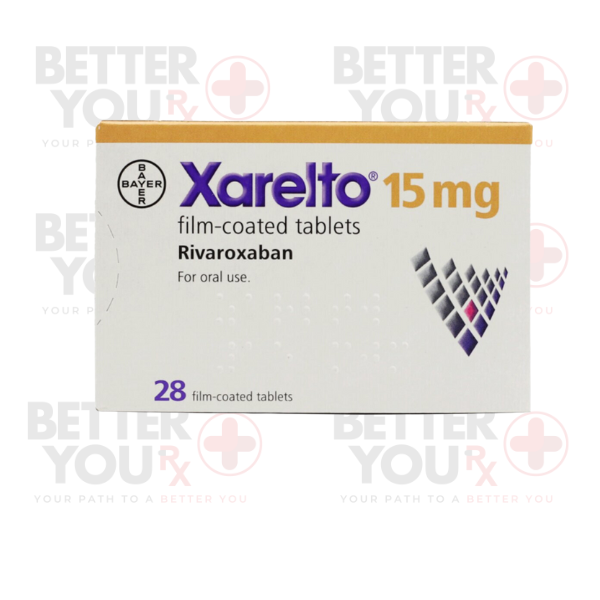Description
Salbutamol, also known as albuterol, is a medication commonly used to relieve and manage symptoms associated with respiratory conditions, primarily asthma and chronic obstructive pulmonary disease (COPD). It belongs to a class of medications called bronchodilators, which work by relaxing the muscles in the airways and increasing airflow to the lungs. Salbutamol is available in various forms, including inhalers, tablets, and liquid solutions.










Reviews
There are no reviews yet.